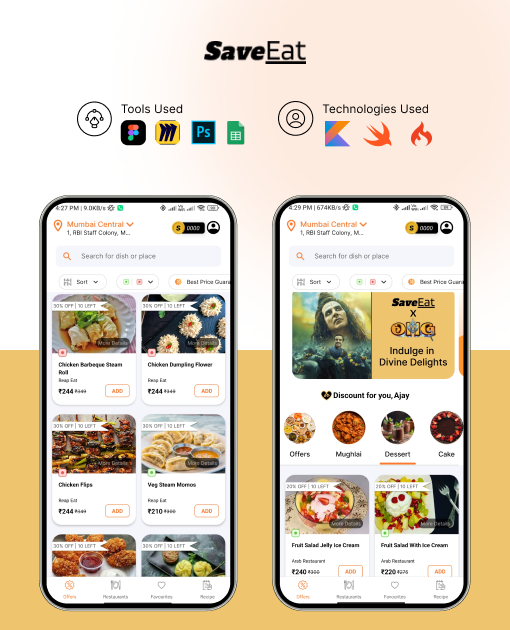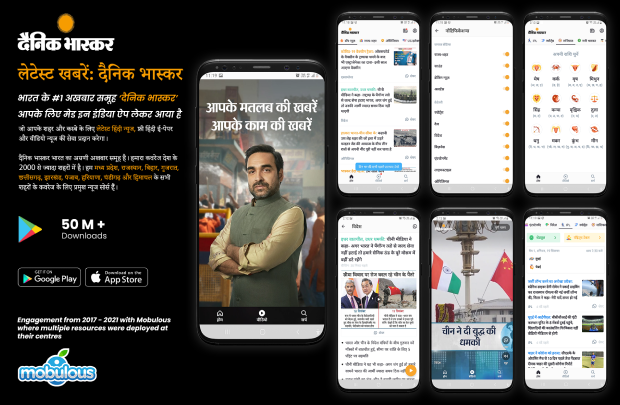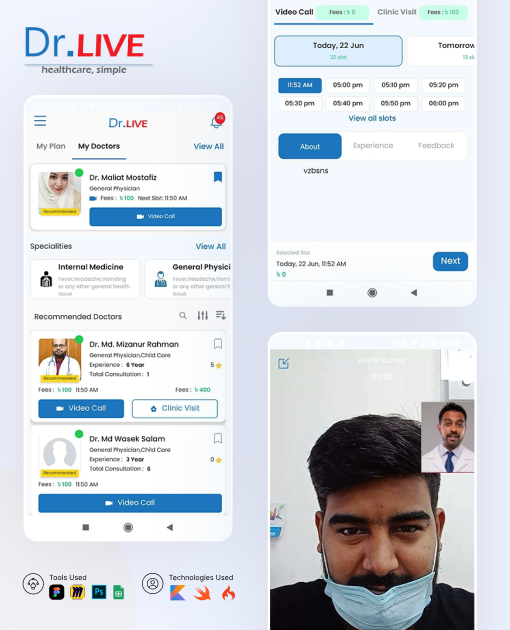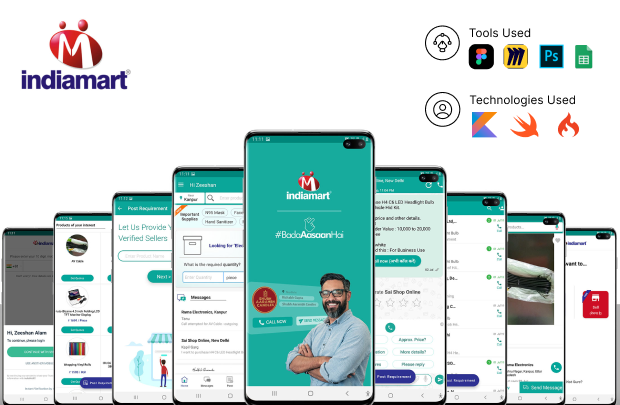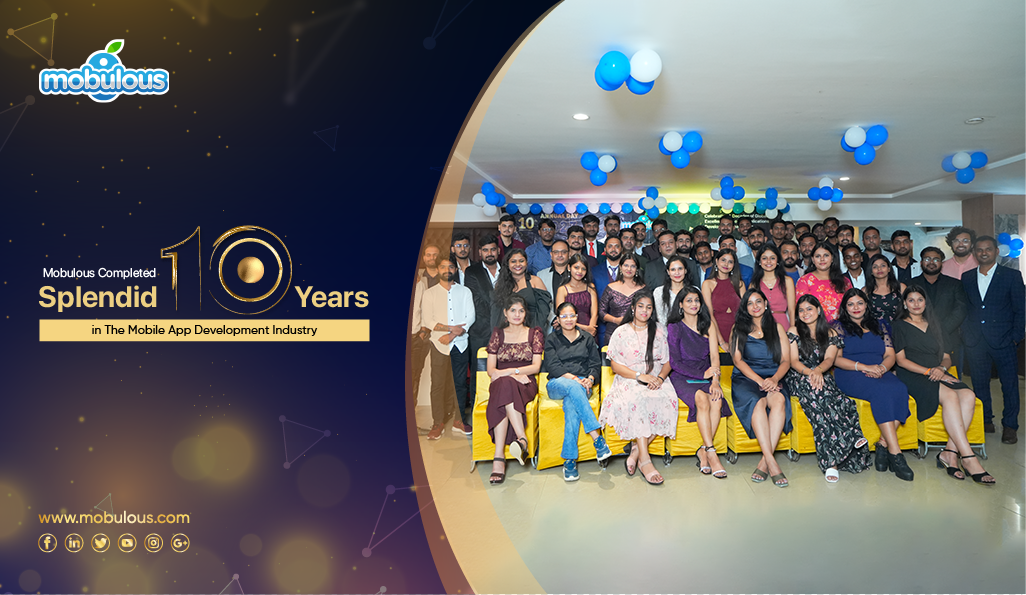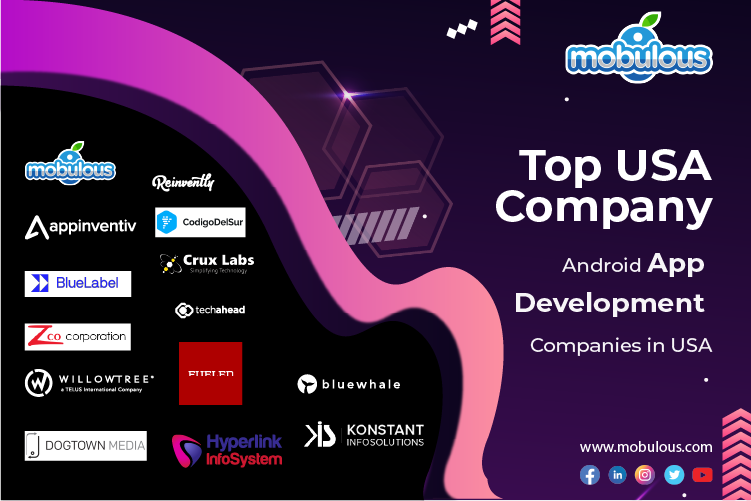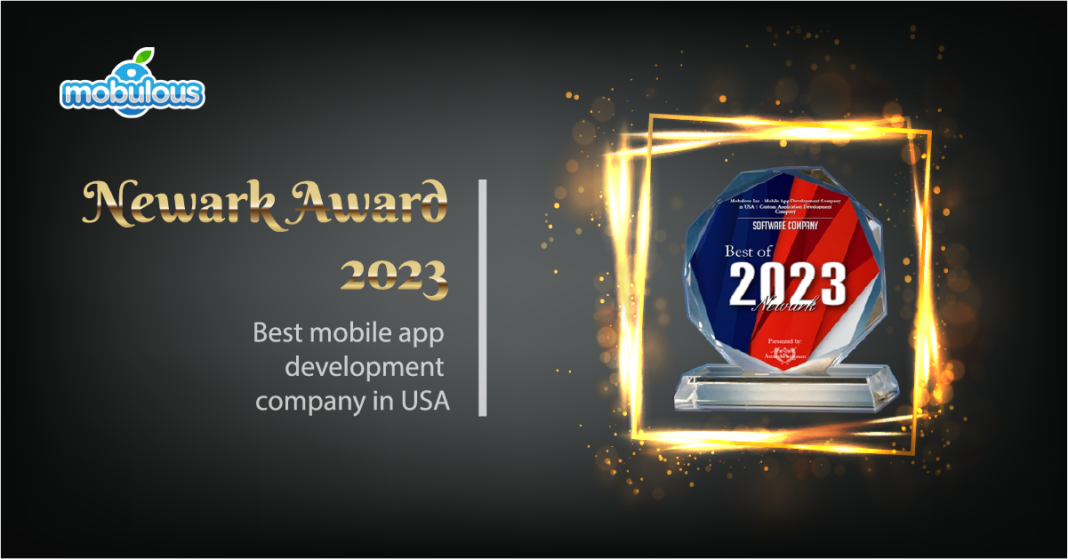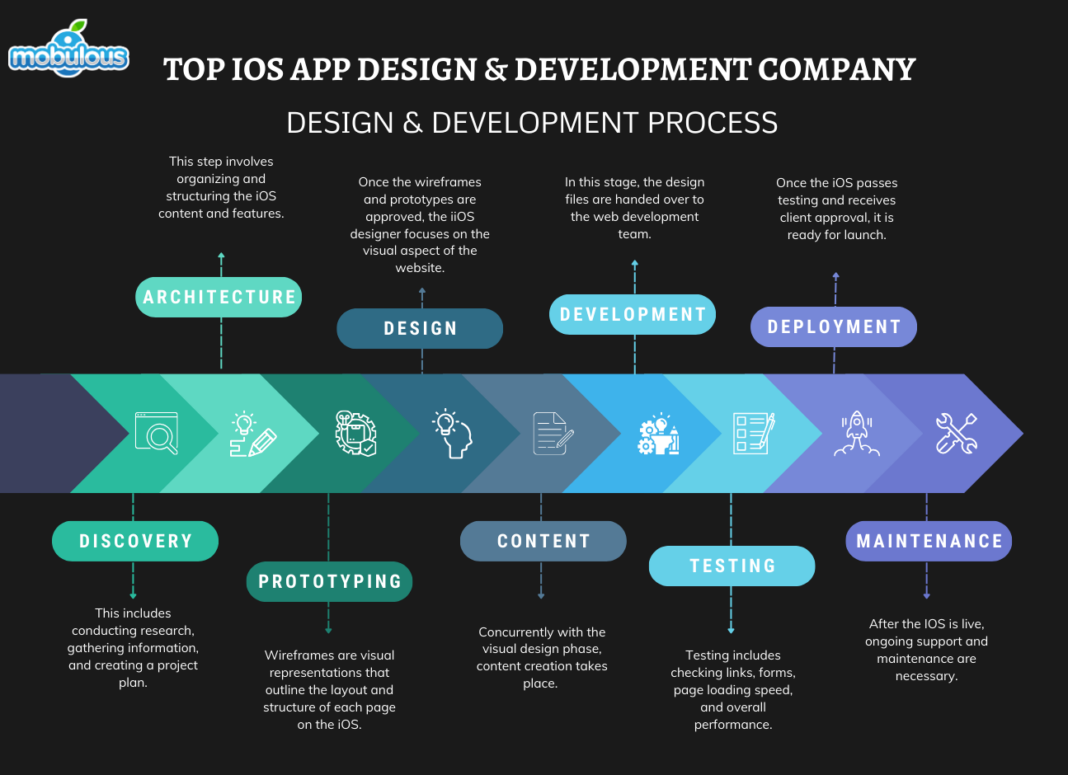What is SaaS Application Development?
SaaS Application Development refers to the development of software applications, hosted on the cloud and delivered to users over the Internet on a subscription basis.
This removes the need to have users install and run the application on their personal computers or even infrastructure. In general, SaaS applications can easily be accessed from web browsers, which also provides easy upgradability, scalability, and multi-tenant architecture.
SaaS application developers design rich, secure, and scalable applications that can support multiple clients with both data isolation and the tailoring of client-specific functionality for individual users or organizations.
Benefits of SaaS Application Development
SaaS Application Development has a whole lot of benefits attached to it for the business and the user. It can be really cost-effective, scalable, and a great option for modern software solutions. Here are the six key benefits of SaaS application development:
1. Cost-Effectiveness
SaaS eliminates the need to have expensive hardware and infrastructure. The users pay for only what they use, eliminating upfront costs and making the budget better and with predictable expenses.
2. Scalability
SaaS applications can easily accommodate growth. The system can scale up as the number of users or data volume grows, hence, without critical changes in infrastructures, while maintaining the same level of performance.
3. Accessibility
SaaS is accessible anywhere, anytime, provided there is an internet connection. This creates the opportunity to work remotely, boosts collaboration, and allows clients to access the application on many different devices.
4. Automatic Updates
SaaS providers handle updates and maintenance. The users always have access to the latest features and security patches with no need for manual updates, and system downtime.
5. Faster Deployment
SaaS applications can be deployed quickly compared to traditional software. This reduces time-to-market, allowing businesses to implement solutions and realize benefits faster.
6. Integration Capabilities
SaaS applications usually offer robust APIs and integration options. This enables business systems to connect in a seamless manner, improving the general workflow and data consistency of the applications involved.
Key Steps Involved in The SaaS Application Development Lifecycle
Various stages of the SaaS Application Development Lifecycle fall into the category, ranging from planning to maintenance. Knowing these types of steps is very important for actual SaaS development.
1. Planning and Requirements Gathering
This first stage defines the purpose of the application, its targets, and the prime feature highlights. It is a collaboration between stakeholders to ascertain what the project objectives, timelines, and resources entail.
2. Design and Architecture
The developers design the application's structure, user interface, and database design. In this stage, they focus on how to develop an architecture scalable and secure to support multi-tenancy while providing high performance.
3. Development and Testing
The actual coding takes place, following best practices and chosen technologies. Continuous testing occurs throughout development to identify and resolve bugs, ensuring quality and reliability.
4. Deployment and Launch
The application is deployed to the cloud infrastructure. This phase includes final testing, data migration, and user training. A soft launch may precede full release.
5. Maintenance and Updates
Post-launch, the focus shifts to monitoring performance, addressing user feedback, and implementing regular updates. It ensures ongoing applications are secure, efficient, and competitive.
How to Define and Document the Requirements For Your SaaS Application?
Defining and documenting requirements for your SaaS application is a critical initial step that sets the foundation for successful development. Here's how to approach this process effectively:
- Start by identifying the core problem your SaaS application will solve. Clearly articulate the main value proposition and unique features that set it apart.
- Conduct thorough market research to understand user needs, competitor offerings, and industry trends. This informs key features and helps prioritize development efforts.
- Create detailed user stories and use cases to capture specific functionalities from the user's perspective. This helps in understanding how the application will be used.
- Define technical requirements, including performance expectations, scalability needs, security measures, and integration requirements with other systems or services.
Initial Considerations For Choosing a Technology Stack For Your SaaS Project
Choosing the right technology stack for your SaaS app development project is essential for its success. Consider the requirements, performance expectations, and scalability needs. Evaluate the expertise and the learning curve of the SaaS application development company and its team.
In addition to this, factors in costs generally include licensing and infrastructure. Make sure to consider integration capabilities with other tools and services. Examine and analyze security features and compliance requirements for your industry.
Contemplate the ease of maintenance and updates. Finally consider the possibility for future expansion and adaptability to the ever-evolving technologies. Balancing these factors will allow you to choose a genuine and reliable technology stack that aligns perfectly with your project goals, objectives, necessities, and business requirements.
Best Practices For Designing a Scalable SaaS Architecture
Designing a scalable SaaS architecture is extremely crucial for accommodating growth and maintaining performance as user demands increases. The most important best practices in order to ensure that your SaaS application is able to scale efficiently and effectively are as follows:
1. Implement Microservices Architecture
Break down the SaaS application into independent and smaller services that enable seamless scaling of specific segments, enhanced fault isolation, and the ability to create and launch services independently, thus improving overall system flexibility and maintainability.
2. Leverage Load Balancing
Execute load balancers in order to distribute traffic across various servers, ensuring even resource utilization, preventing server overload, and improving the application’s readability and availability.
3. Adopt Database Sharding
Partition data across different database instances depending on logical divisions which enhances query performance, enables better resource allocation, and allows horizontal scaling of the database layer in order to manage elevated data volumes and user loads.
4. Implement Caching Mechanisms
Leverage caching at different levels (application, CDN, database) in order to reduce load on primary systems which enhances response times, enables the application to manage traffic volumes without proportional increases in infrastructure, and relieves traffic volumes.
5. Design for Multi-Tenancy
Build a SaaS architecture that effectively serves multiple clients from a single instance, including data isolation, effective resource sharing, and customizable features. Multi-tenancy enriches cost-effectiveness and streamlines maintenance and updates across all clients.
6. Utilize Auto-Scaling
Execute auto-scaling capabilities in your cloud infrastructure that enables the system to adapt resources depending on demand automatically, ensuring optimal performance during traffic spikes while reducing costs during low-usage periods.
7. Execute Asynchronous Processing
Leverage message queues and background job processing for time-consuming tasks that enhances application responsiveness, enables the best resource management, and allows seamless scaling of specific processing tasks independently of the main application.
Key Considerations For Data Security and Privacy in SaaS Applications?
Ensuring data security and privacy in SaaSapps is essential for maintaining user trust and compliance with regulations. The most crucial five key considerations that you must address when building secure SaaS solutions are mentioned below comprehensively:
1. Data Encryption
Execute strong and robust encryption for data at rest and in transit. Leverage industry-standard encryption algorithms and protocols (e.g., AES, TLS) in order to safeguard confidential information.
Update encryption methods regularly in order to address evolving threats and ensure data remains secure against evolving attack vectors.
2. Access Control and Authentication
Implement robust user authentication mechanisms, including multi-factor authentication. Use role-based access control (RBAC) to ensure users only access data they're authorized to see.
Audit access logs and implement strong password policies regularly in order to prevent and safeguard unauthorized access.
3. Data Isolation in Multi-Tenant Environments
Design the database and application architecture in order to ensure strict and rigid data isolation between tenants.
Implement logical or physical separation of customer data, use tenant-specific encryption keys, and regularly test isolation mechanisms in order to prevent data leakage between clients.
4. Compliance with Data Protection Regulations
Stay informed about and comply with relevant data protection laws (e.g., GDPR, CCPA). Enforce features and functionalities for data portability, the right to be forgotten, and consent management.
Conduct compliance audits and maintain clear documentation of data handling practices regularly.
5. Regular Security Audits and Penetration Testing
Conduct frequent security assessments and penetration tests to identify vulnerabilities. Implement a bug bounty program to encourage responsible disclosure of security issues.
Regularly update and patch systems in order to address and manage known vulnerabilities and ever-emerging risks and perils.
Common Challenges and Overcomes in SaaS Application Development
SaaS application development presents the exceptional challenges that SaaS developers must overcome in order to create scalable and thriving solutions. Here are the most crucial six common challenges and strategies to overcome these issues:
1. Scalability Issues
Challenge: As user numbers grow, maintaining performance can be challenging.
Overcome: By implementing a microservices architecture, using auto-scaling cloud resources, and optimizing database queries. Regularly conduct load testing to identify and address bottlenecks before they impact users.
2. Multi-Tenancy Complexities
Challenge: Balancing shared resources while ensuring data isolation is tricky.
Overcome: By designing a robust multi-tenant architecture from the start. Use tenant-specific databases or schemas, implement strong access controls, and thoroughly test isolation mechanisms to prevent data leakage.
3. Integration Challenges
Challenge: SaaS applications usually need to be incorporated with multiple third-party services.
Overcome: By creating a strong and robust API strategy, using standardized integration protocols, and providing comprehensive documentation. Make sure to consider using integration platforms (iPaaS) to simplify connections with other systems.
4. Ensuring High Availability
Challenge: Downtime can be costly for SaaS businesses.
Overcome: By implementing redundancy at all levels, using distributed systems, and leveraging advanced monitoring tools. Additionally, develop a comprehensive disaster recovery plan and regularly test failover procedures to ensure business continuity.
5. Customization vs. Standardization Balance
Challenge: Meeting diverse client needs while maintaining a manageable codebase is challenging.
Overcome: By designing a flexible core product with customization options. Leverage configuration-based customization where possible, and build a plugin architecture for more extensive modifications without affecting the main codebase.
6. Continuous Updates and Maintenance
Challenge: Keeping the application up-to-date without disrupting users is complex.
Overcome: By executing a CI/CD pipeline for seamless updates. Utilize feature flags in order to gradually roll out changes, conduct thorough automated testing, and maintain clear communication channels with users about upcoming changes and improvements.
How to Integrate Third-Party Services and APIs Effectively into SaaS Application?
In order to integrate third-party services and APIs efficiently into SaaS applications, you need careful planning and execution. However, integrating third-party services and APIs into SaaS applications can greatly enrich functionality and user experience. The six key points that you must consider for effective integration and explained below precisely.
- Evaluate third-party services for reliability, scalability, and compatibility with your application's architecture and requirements thoroughly.
- Execute strong and robust error handling and failover mechanisms in order to manage potential issues with external services without impacting overall application performance.
- Leverage API wrappers or abstraction layers in order to isolate third-party integrations, making it seamless to switch providers or update integrations.
- Enforce proper authentication and authorization mechanisms in order to secure data exchange between your application and third-party services.
- Monitor and log all interactions with external APIs in order to quickly identify and resolve issues, and to track usage for billing purposes.
- Regularly review and update integrations in order to ensure compatibility with the latest versions of third-party APIs and to leverage the newest features and functionalities.
Best Practices For Continuous Integration and Continuous Deployment (CI/CD) in SaaS Development
Implementing effective CI/CD practices is crucial for maintaining high-quality, frequently updated SaaS applications. Here are five best practices to ensure smooth and efficient CI/CD processes in SaaS development:
1. Automate Everything
Automate all aspects of the build, test, and deployment process, including code compilation, unit testing, integration testing, and deployment to staging and production environments.
Leverage tools like Jenkins, GitLab CI, or GitHub Actions in order to create comprehensive automation pipelines that trigger on code commits.
2. Implement Comprehensive Testing
Develop a strong and robust testing strategy that simply includes unit tests, integration tests, and end-to-end tests.
Automate these tests within the CI pipeline to identify issues early. Implement code coverage tools in order to ensure adequate test coverage and gradually increase coverage over time.
3. Use Feature Flags
Implement feature flags to decouple deployment from release, enabling the latest features to be deployed to production but remain hidden until ready for release.
Feature flags permit easy and seamless rollbacks and facilitate A/B testing of the latest and most delinquent functionality.
4. Monitor and Log Everything
Execute comprehensive monitoring and logging throughout the CI/CD pipeline and in production.
Leverage tools in order to track build statuses, deployment success rates, and application performance. Set up alerts for critical issues in order to enable quick response to problems.
5. Practice Infrastructure as Code
Utilize Infrastructure as Code (IaC) tools, including Terraform or CloudFormation in order to manage and version control your infrastructure.
This simply ensures consistency across environments, enables easy replication of setups, and allows infrastructure changes to be reviewed and tested like application code.
Regulatory Compliance Issues In SaaS Application Development
SaaS applications typically handle and manage sensitive and crucial data, making regulatory compliance a critical concern. The four key regulatory compliance issues that SaaS developers must address are mentioned below comprehensively:
1. Data Protection and Privacy Laws
GDPR, CCPA, and similar regulations mandate strict data protection measures. Implement features for user consent management, data portability, and the right to be forgotten. Ensure transparent data handling practices and maintain detailed records of processing activities.
2. Industry-Specific Regulations
Healthcare SaaS must comply with HIPAA, financial services with PCI-DSS. Understand and implement specific security measures, data handling procedures, and audit trails required by your industry's regulations. Regular compliance audits are essential.
3. Data Residency Requirements
Some regions require data to be stored within specific geographic boundaries. Implement data storage solutions that allow for region-specific data residency. Be prepared to provide documentation on data storage locations and transfer mechanisms.
4. Security Standards Compliance
Adhere to security standards like ISO 27001 or SOC 2. Implement robust security measures, including encryption, access controls, and regular security audits. Maintain detailed documentation of security practices and be prepared for third-party audits.
Is Outsourcing a SaaS Application Development Company Good?
Outsourcing a SaaS application development company can be beneficial, offering access to specialized skills, cost savings, and faster time-to-market, allowing companies to concentrate on core business functions while leveraging external expertise.
However, it also comes with challenges like communication barriers, potential quality control issues, and data security concerns. Success depends on choosing the right partner, clearly defining requirements and expectations, and maintaining strong project management.
For many businesses, a hybrid approach combining in-house and outsourced resources can provide the best balance of control and expertise.
Benefits of Partnering With the SaaS Application Development Company
Partnering with a right SaaS application development company can provide you with significant advantages for businesses looking to build or improve their software-as-a-service offerings. However, the six key benefits of hiring developers from a genuine SaaS applications development company are mentioned below comprehensively one by one:
1. Expertise and Experience
A reliable SaaS development company brings specialized knowledge and extensive experience to the table. They're well-versed in best practices, latest technologies, and industry trends.
This expertise can lead to more efficient development processes, innovative solutions, and a final product that meets or exceeds market standards.
2. Cost-Effectiveness
Outsourcing to a SaaS development company can be more cost-effective than maintaining an in-house team. It eliminates the need for ongoing salaries, benefits, and training costs.
You pay for the services you need, when you need them, optimizing your budget allocation.
3. Faster Time-to-Market
An experienced SaaS development company has established processes and dedicated resources that can accelerate development timelines.
They can quickly assemble teams with the right skill sets, enabling faster prototyping, development, and deployment. This speed can give you a competitive edge in the market.
4. Scalability and Flexibility
A leading SaaS development company can seamlessly scale resources up or down based on project needs.
This flexibility enables you to adapt to changing requirements or market conditions without the constraints of a fixed in-house team, ensuring your project remains agile throughout its lifecycle.
5. Focus on Core Business
By outsourcing to a SaaS development company, you are able to concentrate on your core business activities.
While the development partner handles the technical aspects, you can concentrate on strategy, marketing, and customer relationships. This division of labor can lead to better overall business performance.
6. Ongoing Support and Maintenance
A majority of the SaaS development companies offer post-launch support and maintenance services, ensuring that your application remains up-to-date, secure, and performant.
It also provides peace of mind, knowing expert help is available for updates, bug fixes, or feature enhancements.
Steps to Partner With the Right SaaS Application Development Company
Selecting the right SaaS application development company is crucial for the success of your SaaS app project. The step-by-step process explained below will help you find the best SaaS application development company perfectly.
1. Define Your Project Requirements
Clearly outline your project goals, features, target audience, and budget. Create a detailed project brief that includes technical requirements, desired timelines, and any specific challenges.
This clarity will help the potential SaaS application development company understand your needs and provide accurate proposals.
2. Research Potential SaaS Application Development Companies
Conduct thorough research to identify potential SaaS development companies. Look for firms with relevant experience in your industry or with similar projects.
Check their portfolios, client testimonials, and case studies. Consider factors like company size, location, and cultural fit.
3. Evaluate Technical Expertise
Assess the technical capabilities of the potential SaaS application development company. Look for expertise in relevant technologies, cloud platforms, and SaaS-specific development practices.
Consider their experience with scalability, security, and integration capabilities. Request information about their development methodologies and quality assurance processes.
4. Review Past Projects and Client Feedback
Examine the SaaS application development company's track record by reviewing their past projects. Request client references and speak directly with previous clients if possible.
Pay attention to factors such as project completion times, adherence to budgets, and overall client satisfaction.
5. Assess Communication and Project Management
Evaluate the SaaS application development company's communication style and project management approach.
Look for transparency, responsiveness, and clear reporting structures. Ensure they have processes in place for regular updates, milestone tracking, and issue resolution. Good communication is crucial for project success.
6. Consider Data Security and Compliance
Given the sensitive nature of SaaS applications, prioritize a genuine SaaS application development company with strong data security practices.
Inquire about their compliance with relevant regulations (e.g., GDPR, HIPAA) and industry standards. Assess their policies on data protection, encryption, and intellectual property rights.
7. Discuss Terms and Sign Agreement
Once you select a SaaS application development company, thoroughly discuss and negotiate terms. Clearly define project scope, timelines, deliverables, and payment terms.
Address intellectual property rights, confidentiality, and post-launch support. Draft and sign a comprehensive agreement that protects both parties' interests.
 Contact us
Contact us



















